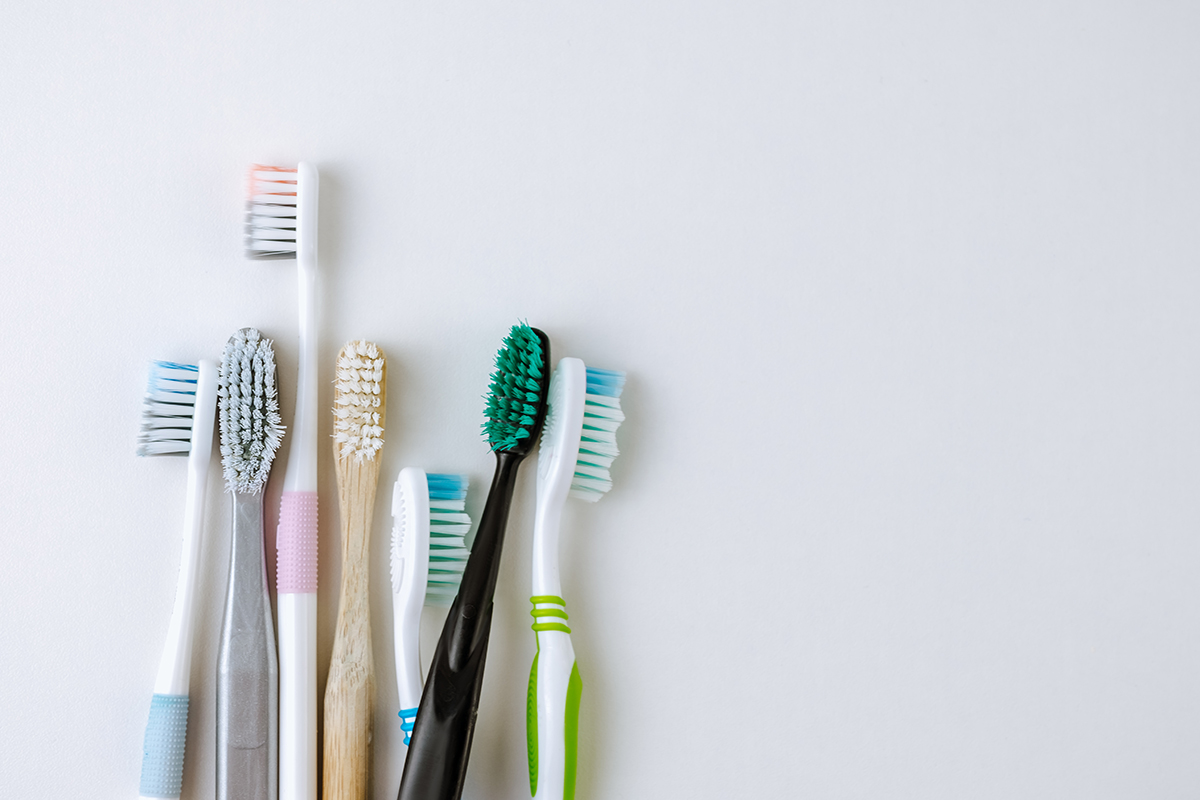New
Pediatric dental specialists now offering a free exam and x-rays PLUS 20% off treatment! Call 832-804-7427 to schedule now
Learn More
Since 1938, the nylon bristle toothbrush has enhanced the look, feel, and performance of teeth, adding longer life and greater oral stability. Regardless of the types of toothbrushes available, they are among the most popular inventions that people feel they can’t live without. These simple devices have saved users thousands of dollars in dental maintenance and treatment.
Today, there are a variety of toothbrushes available on the market. Brushes provide a range of features. Some products are used for specific purposes, while others offer general cleaning. Contact your local Lovett Dental dentist if you have questions about toothbrushes. Let’s take a look at the different types of toothbrushes and how they benefit your teeth and gums.
Here are some of the most popular items on the market today.
Although there are dozens of products on the market, the standard manual toothbrush is still the most popular. Consumers can choose from bristle hardness, head shape, bristle pattern, and handle design. Regardless of your teeth, overall oral condition, or even the way you hold your brush, there is a standard manual toothbrush that provides an adequate job almost as good as professional teeth cleaning.
When purchasing a manual toothbrush, make sure you get the right hardness. For most people, a medium-to-soft toothbrush is ideal. However, hard bristles may be more appropriate for tough stains. Get a toothbrush that has a handle that feels comfortable and provides optimal reach behind and between teeth.
An electric toothbrush is a simple device that operates on one to two rotating bristles. While electric toothbrushes are more expensive than standard models, they also do a better job cleaning your teeth. Push the button and let the rotating heads do the work.
You can purchase standard power toothbrushes, sonic toothbrushes, or ultrasonic toothbrushes. What’s the difference? The fast the heads rotate, the more friction it creates on the teeth. As a result, you get a better polish and cleaner teeth. If you are going to purchase an electric toothbrush, try to get a rechargeable, wireless model.
An interdental brush is a great supplement to a manual toothbrush. When combined, both models can help you reduce plaque and prevent gingivitis more effectively. As the name suggests, an inter-dental toothbrush is designed to clean in-between gaps in your teeth. It can fit in spaces that are too large for a standard brush.
The brush is small and disposable with a reusable, angled plastic handle. You replace the heads. Dentists recommend that you use them for getting in between braces and teeth. Their shape and compact design allow them to get into tight spots where plaque builds up. If you’re really into the details of teeth cleaning, then you may want to try an interdental brush.
One of the best ways to clean along the gumline close to the teeth is to use a sulcabrush. The sulcabrush bristles are designed to look like an arrow. This design gives them greater access to the areas between the gum line and the teeth. Like the interdental brush, the sulcabrush is designed to clean hard-to-reach areas.
One of the benefits of the sulcabrush is that you can use it as a replacement for dental floss. If your teeth are sensitive to floss, you will probably enjoy how the sulcabrush feels along the gumline. In some cases, the sulcabrush does a better job of cleaning the tight spots than floss.
If you would like to learn more about the different types of toothbrushes, contact Lovett Dental today. We offer a variety of toothbrushes, as well as comprehensive dental services throughout several locations. Call 832-804-7427 to schedule your next oral exam.
Lovett, Splendid & Haven Dentistry
Dental Offices in TX